Did Gillian Keegan need to apologise? The Education Secretary thought her ITV interview had ended and she could speak frankly. She insisted the schools’ concrete crisis was down to ‘everyone else’ who had ‘sat on their arse’.
It was a fair point, inelegantly expressed. It’s been almost 25 years since the order first went out from Whitehall to inspect schools and hospitals for crumbling reinforced autoclaved aerated concrete (Raac). When a roof eventually collapsed at the Singlewell Primary school in Kent in 2018, the government sent out surveys to inquire about building material – but that was largely it. Like lazy homeowners, or dodgy landlords, successive administrations assumed the problem would be dealt with by somebody else at a later date.
Then, days before the new term started this week, parents of pupils at more than 150 schools were told it wasn’t safe for their kids to return. Memories of ‘stay at home’ messaging came back in a flash.
The blame can be spread. The SNP in Scotland and the Labour party in Wales have only just started the Raac discovery process. But Rishi Sunak’s government is going to take the brunt of the anger. After 13 years in power, the Tories must accept that voters aren’t interested in root causes. Every primary school student sent home this week was born under a Conservative-led government.
The school-roofs issue could be regarded as urgent yet manageable. But to a lot of the public, it seems as if the country is falling apart. The NHS is shambolic: its waiting list now includes 13 per cent of England’s adult population. The sewage system is inadequate, with rivers and coastlines full of effluents. Trains are expensive and overcrowded. Airports descend into chaos at the slightest glitch in air traffic control software.
A recent poll by Lord Ashcroft found that 58 per cent of 2019 Tory voters agreed with the statement ‘Britain is broken – people are getting poorer, nothing seems to work properly’. In the lead-up to the next election, even the party’s supporters are going to be asking the Tories why the country appears to be in ruins. So far, there’s little evidence of a coherent response.
This has allowed Labour to argue that Tory cuts mean public sector failure, which is resonating. But this hardly tallies with the numbers overall. State spending is 60 per cent higher in real terms than it was, on average, in the Tony Blair years. Tax receipts account for 36.9 per cent of GDP: a share on course to reach a post-war high by the end of this parliament. The Tories didn’t starve the beast. They fed it generously and will go into the election taxing and spending more than the governments of Blair and Gordon Brown – or when Denis Healey was chancellor.
But where has all the money gone if not into projects such as public-building maintenance, generally considered a core function of the state? The problem is one of short-termism, where investment is repeatedly delayed for the instant gratification of government giveaways and positive headlines.
In the final days of Brown’s premiership, even the heavy-spending prime minister seemed to realise he’d gone too far. He managed to keep billions in capital investment off the books by signing up to Private Finance Initiatives (PFI) projects: outrageously expensive contracts with private companies to build and maintain hospitals and schools, paid back in hefty fees for 25 or 30 years. On top of that, he racked up a £150 billion deficit in his mishandling of the financial crash. To persuade markets that he had a credible plan, he offered up long-term spending as a sacrifice, factoring in big cuts to capital spending from 2011 onwards.
Capital spending is the easiest target for the chopping block. Necessary upgrades to public buildings, the rail network, airports and roads can be covered up for quite some time. It’s not so easy to brush aside demands for higher salaries, more GPs, a bigger safety net and free childcare. Capital spending did indeed drop by 15 per cent in real terms in 2010-11 – as Brown intended, but David Cameron implemented.
This was the trick of Cameron and George Osborne’s government: ring-fence the daily spending of politically sensitive areas while cutting deeper into council funding and capital projects that would take longer to show signs of wear.
The cross-party conspiracy of neglect put school upgrades in the firing line too. The decision under Michael Gove to scrap Labour’s Building Schools for the Future investment programme – designed to see every secondary state school upgraded at a total cost of £55 billion – was justified by digging into the scheme’s problems. Ministers thought the pot of money was being raided by architects, pushing up the costs of building and repairs to unnecessarily high levels. That may have been true, but the government failed to replace the scheme with anything like the same level of investment. The result: on current trajectories, the average state school in England will get an upgrade every 400 years. The average lifespan of Raac roofing is about 30.
In hospitals as well, the strategy was to grab money from the capital budget to beef up day-to-day spending. At the height of austerity, more than £4 billion was diverted in this way, according to the King’s Fund think tank. Shortly before the pandemic, it reported on a ‘high-risk backlog’ – where repairs are needed to ‘prevent catastrophic failure’ or ‘deficiencies in safety liable to cause serious injury’. It may not be long before one of these failures takes the spotlight, leading to the kind of soul-searching triggered by the concrete crisis.
The irony of the austerity era is how much fiscal pain was inflicted in some areas, while the size of the state was barely reduced. Between 2010 and 2015, the government cut public spending by an average of just 0.15 per cent a year. The money saved by the brutal cuts to long-term infrastructure investment was not returned to the taxpayer or used to reduce public sector net debt, which has doubled to £2 trillion since the Tories came to power. Instead, it’s been used to make ever-loftier spending commitments, which is what MPs think the public want to hear.
Those promises fall under two spending areas, mainly within the Department of Health and the Department for Work and Pensions. These costs now take up over 40 per cent of government spending, with £215 billion spent on health and £254 billion on welfare (of which £134 billion is in pensioner benefits). The Tories have come to express their loyalty to the NHS by how much cash they throw at day-to-day running costs, not by whether patients are better treated. Bribing the elderly with a ‘triple lock’ inflation-matching pension pledge has seen the welfare bill skyrocket, as has the cost of keeping 12 per cent of the working-age population on out-of-work benefits.
Even at the height of reform during the Cameron years, pension benefits and NHS spending were off-limits. They have remained so. It has always been the path of least resistance – until, that is, public buildings start caving in.
The government has long preferred grandiose yet half-baked investment projects, which become their successors’ problem when it all goes wrong. Osborne’s ‘hard hat tour’, which promoted HS2, proved the perfect photo opportunity for a project which would reveal its true costs once he was out of office. (The project is billions of pounds over budget.) Theresa May used her final days in office to push through a legal commitment to net-zero carbon emission by 2050 – the most expensive pledge any UK prime minister has ever taken. In her recent memoir, May writes that this commitment is one of her proudest achievements: a binding target with massive costs, ushered in with minimal consultation, and without the slightest clue as to where future governments might find the money.
Perhaps Cameron and May never expected the Tories to stay in power as long as they have. With hindsight, Osborne might have used a tenth of the HS2 budget to upgrade local transport, which would be up and running by now and could be something for his party to claim as a success. May – or Boris Johnson with his 80-seat majority – might have built some more homes too.
Instead, Rishi Sunak now must explain why, 13 years on, schools are unsafe, nothing gets built, and the country’s major institutions all seem to teeter on the brink of collapse. Because that’s what happens when short-term political decisions pile up: lots of money is spent, nothing much happens.
Sunak can’t quite say there’s no cash to spend on improvements, given the record levels of revenue funnelling into the Treasury. But he will struggle to reallocate resources – and to raise more. As Liz Truss discovered when she tried to usher in what was estimated to be the single largest handout in British history (the energy price guarantee), the markets no longer lend billions to big-spending agendas.
Normally, it’s left-leaning political leaders who want to splurge. Just this week, the SNP’s Humza Yousaf has been talking about free childcare for Scotland’s toddlers, while London Mayor Sadiq Khan has offered free school meals to all of London’s children, no matter the family’s financial circumstances.
But Keir Starmer appears to be at least vaguely cognisant that cash has to come from somewhere, which is why he and his shadow chancellor made the politically painful decision earlier this year to roll back their pledge of £28 billion for ‘green investment’. They, too, will be hesitant to divert cash from today’s giveaways to investments that will pay off long after they leave Westminster.
Here, Sunak may have an advantage. The theme of his unsuccessful leadership campaign was that ‘fairytale’ spending pledges end badly. His emphasis on candour – attaching price tags to what’s being spent – eventually landed him the job in No. 10, but has also led to an even higher tax burden than the one imposed on us by Boris Johnson. But Sunak has long been wanting to turn the conversation on to the need to think longer-term. He’s expected to start emphasising that in coming months. At next month’s Tory conference, he’ll argue that it’s time to think about investments and reform that will boost prosperity in ten or 20 years’ time.
His point will be that only the Tories can clean up the mess left by the Tories. But he must also accept that the mess was not caused by spending restraint. The Conservatives fell for the politics of bribery, a trap from which they have not yet managed to escape.
Got something to add? Join the discussion and comment below.
Get 10 issues for just $10
Subscribe to The Spectator Australia today for the next 10 magazine issues, plus full online access, for just $10.
You might disagree with half of it, but you’ll enjoy reading all of it. Try your first month for free, then just $2 a week for the remainder of your first year.


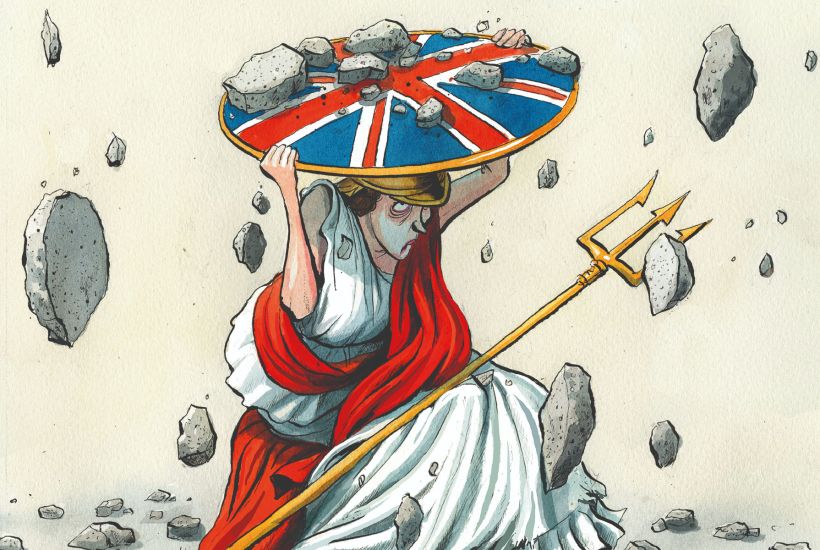
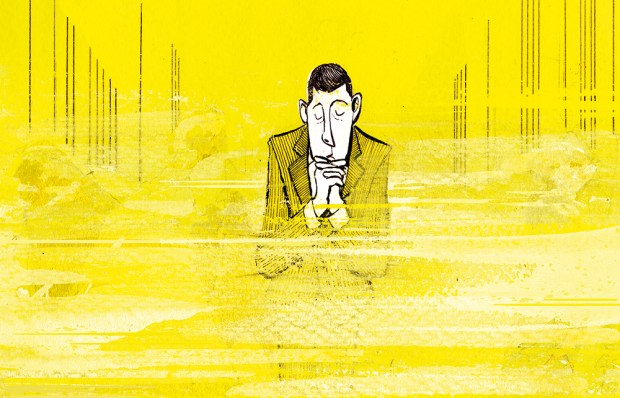
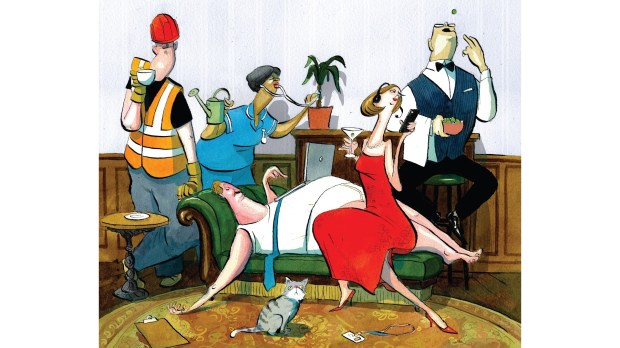
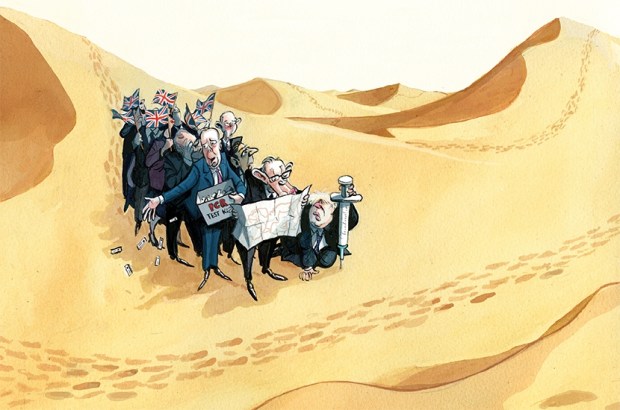
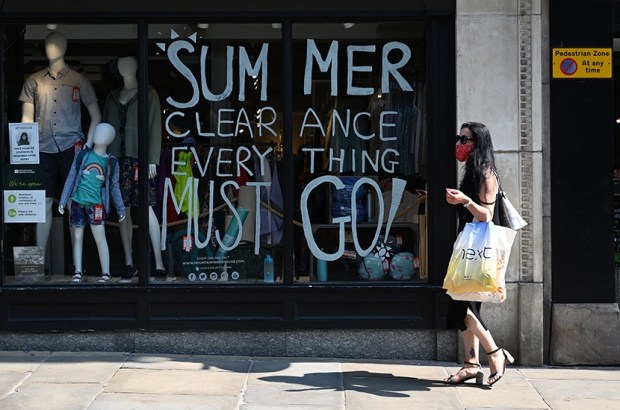








Comments
Don't miss out
Join the conversation with other Spectator Australia readers. Subscribe to leave a comment.
SUBSCRIBEAlready a subscriber? Log in